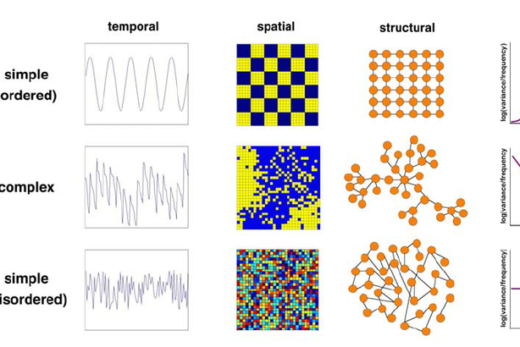
Hexadecimal, commonly abbreviated as “hex,” is a numerical system that is widely used in computer science and programming. It is a base-16 system, meaning that it uses 16 distinct symbols to represent numbers, as opposed to the base-10 decimal system that uses ten symbols (0-9). In this article, we will explore the concept of hexadecimal, its usage, and its importance in computer programming.
First, let’s examine the symbols used in the hexadecimal system. Hexadecimal uses the symbols 0-9 and A-F to represent values from 0 to 15. The letters A-F are used to represent values from 10 to 15, respectively. This means that the hexadecimal system has 16 distinct symbols, which is why it is known as a base-16 system.
To better understand hexadecimal, let’s compare it to the decimal system. In the decimal system, each digit represents a power of 10. For example, in the number 123, the first digit represents 100 (10 to the power of 2), the second digit represents 20 (10 to the power of 1), and the third digit represents 3 (10 to the power of 0). Similarly, in the hexadecimal system, each digit represents a power of 16. For example, in the number 3F7, the first digit represents 16 to the power of 2 (256), the second digit represents 16 to the power of 1 (16), and the third digit represents 16 to the power of 0 (1).

Hexadecimal is commonly used in computer programming for a variety of purposes. For example, it is used to represent colours in web design and graphics. Each colour is represented by a combination of red, green, and blue values, each of which is represented by a two-digit hexadecimal number. For example, the colour white is represented as #FFFFFF, which represents the maximum values of red, green, and blue.
Hexadecimal is also used to represent memory addresses in computer systems. Each byte of memory can be represented by two hexadecimal digits, and each memory address is represented by a series of hexadecimal digits. This allows programmers to easily manipulate and access specific areas of memory.
Another important use of hexadecimal in programming is in bitwise operations. These operations involve manipulating binary digits (0s and 1s), and hexadecimal provides a convenient way to represent groups of four binary digits. Each hexadecimal digit represents a group of four binary digits, which makes it easy to convert between binary and hexadecimal representation.
In conclusion, hexadecimal is a numerical system that is widely used in computer science and programming. It uses 16 distinct symbols to represent numbers, and it is commonly used to represent colours, memory addresses, and binary digits. Understanding hexadecimal is an important skill for anyone interested in computer programming or web design, and it is an essential part of the modern digital world.









